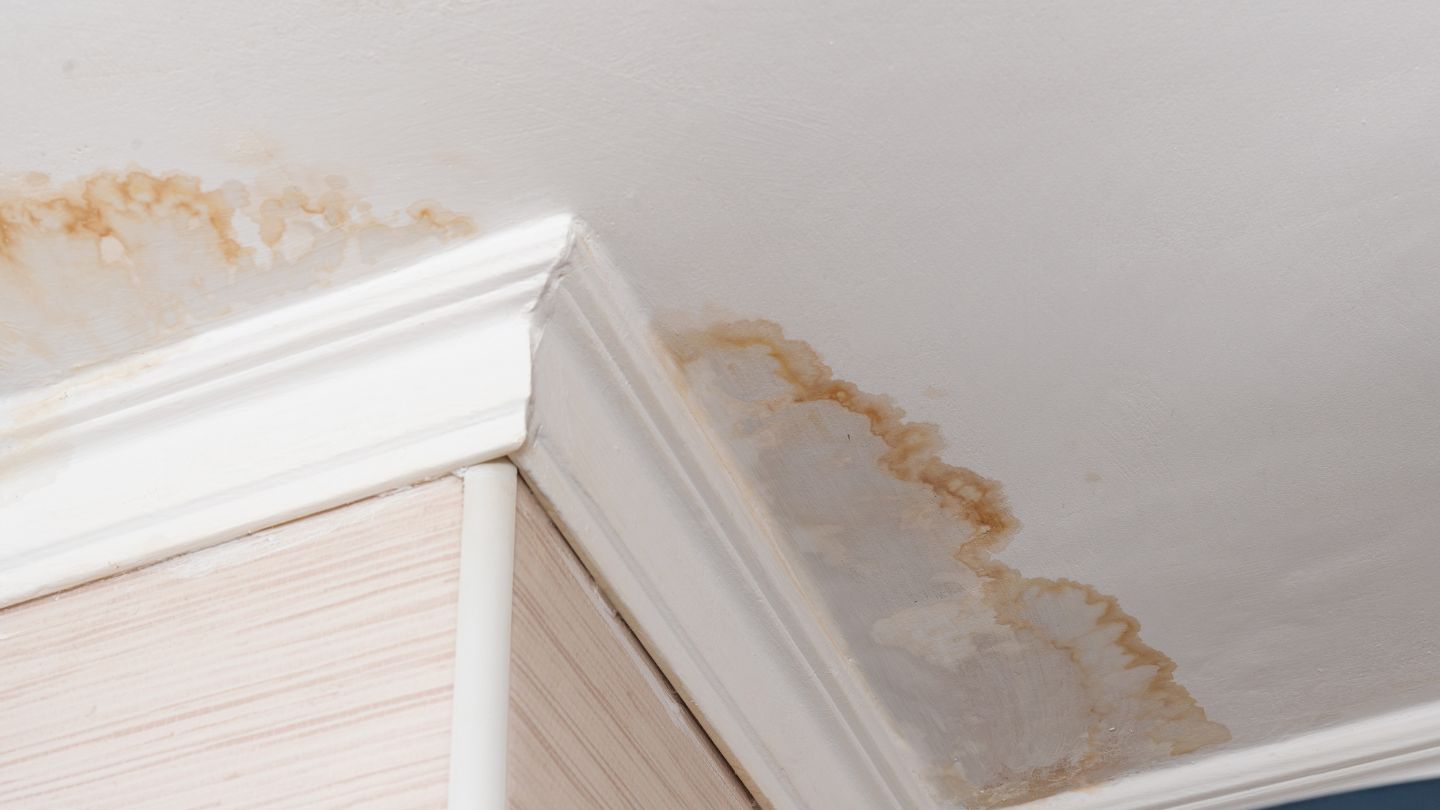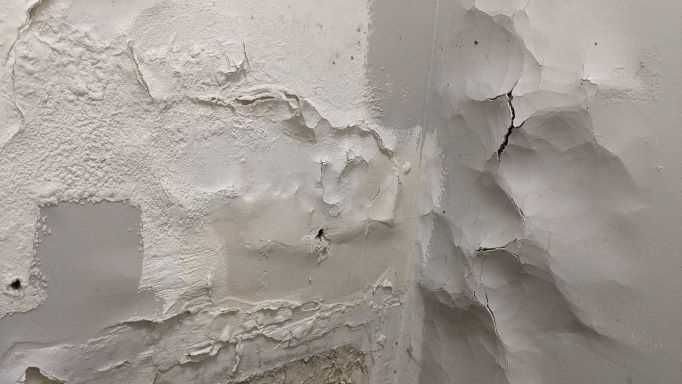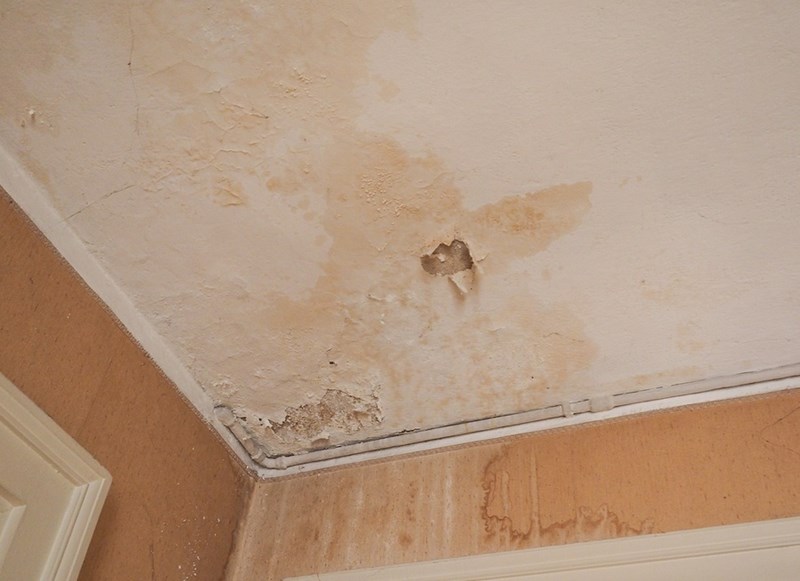The Process of Water Damages Cleaning: Ensuring Your Home Is Recovered Efficiently
Water damages can be a daunting difficulty for home owners, requiring a organized and meticulous clean-up procedure to restore security and capability. Initially, a detailed assessment is vital to recognize the extent of the damage and establish the suitable removal measures. Following this, effective water removal methods play a critical duty in mitigating further damage. Nonetheless, the nuances of drying, sanitizing, and ultimate restoration are similarly important and commonly ignored. Recognizing these phases can make a substantial distinction in the outcome of your home's restoration, prompting a closer take a look at what each action requires.
Examining the Damage
Upon discovering water damages, the very first step is to thoroughly analyze the level of the effect. This initial evaluation is critical, as it aids identify the required actions for reliable cleanup and restoration. Begin by evaluating the influenced locations, including wall surfaces, ceilings, floors, and personal items, to recognize the resource of the water intrusion, whether from flooding, leaks, or condensation.
Recording the damage is essential for both insurance coverage claims and intending restoration initiatives - damage restoration services. Usage pictures and composed notes to capture the severity of the damages, noting any kind of afflicted structural aspects and materials. Pay special interest to areas that may not be promptly noticeable, such as behind wall surfaces and under rugs, as concealed dampness can bring about further difficulties, including mold and mildew development
Furthermore, examine the timeline of the water direct exposure. Ultimately, a detailed analysis lays the foundation for an effective water damage cleanup process, guaranteeing that all impacted locations are resolved effectively and thoroughly.
Water Extraction Methods

Experts normally utilize submersible pumps for larger quantities of water, which can promptly alleviate flooding in cellars or various other influenced locations. For smaller sized amounts, wet/dry vacuum cleaners are often made use of to remove recurring dampness from carpets and hard surfaces. Furthermore, making use of portable extractors permits for targeted removal in restricted spaces or locations with fragile materials.
In instances of infected water, such as sewer or floodwater, progressed extraction techniques might include the use of biohazard equipment to ensure safety and conformity with health and wellness policies. High-powered extraction devices are critical in lessening water retention in structural products, which can lead to mold development and architectural deterioration otherwise dealt with without delay.
Eventually, the effectiveness of water removal methods plays a pivotal duty in the general success of the water damages clean-up process, laying the foundation for subsequent reconstruction efforts.
Drying and Dehumidification
As soon as standing water has actually been efficiently extracted, the next crucial stage in the water damage cleaning procedure is drying and dehumidification. This action is important to protect against further damages and mold and mildew growth, which can happen within 24 to 2 days in damp plywood water damage atmospheres.
To attain efficient drying out, specialized tools such as industrial-grade air movers and dehumidifiers is utilized. Air moving companies distribute air throughout wet surfaces, enhancing dissipation prices, while dehumidifiers decrease humidity degrees in the air, advertising a helpful environment for drying. The combination of these devices guarantees that wetness is attracted out from home furnishings, wall surfaces, and floorings, permitting them to completely dry extensively.
It is very important to check the drying procedure closely. Specialists frequently utilize wetness meters to analyze the dampness material in different materials, making sure that all influenced locations get to appropriate dry skin levels. This precise technique aids to avoid hidden moisture pockets that can bring about architectural damages or undesirable mold growth.

Cleaning and Sterilizing
After the drying out and dehumidification stage is total, the next important action in water damage cleanup is cleaning and disinfecting the impacted areas. This process is crucial to stop the development of mold and mildew, germs, and various other microorganisms that thrive in damp environments.
The cleansing stage typically involves getting rid of any type of debris, dust, and impurities from surfaces utilizing specialized cleansing go to my site representatives. For difficult surface areas, a mix of soap and water or business cleaning items is frequently used. Soft materials, such as furniture and carpets, may need more substantial cleaning methods, consisting of heavy steam cleaning or deep extraction strategies, to make certain complete sanitation.

Disinfecting follows cleansing, making use of EPA-approved disinfectants to remove damaging microbes. This action is important, specifically in locations that may have entered into call with floodwaters or sewage, as these sources can posture major health and wellness risks.
Furthermore, it is very important to address any type of continuing to be smells, which may need the usage of odor neutralizers or advanced methods like ozone treatment. Correct cleaning and sterilizing not just bring back the safety and security and health of your home yet also prepared for successful reconstruction and repairs in subsequent stages of the water damages clean-up procedure.
Reconstruction and Fixings

Once the analysis is complete, reconstruction efforts can start. Furthermore, floor covering may call for similar interest, depending on the degree of water exposure.
It is crucial to involve experienced repair professionals throughout this process, as they possess the proficiency to take care of complex fixings efficiently. They can help alleviate possible future issues, such as sewage cleanup mold growth or architectural instability, hence ensuring a safe and habitable living setting. Inevitably, effective remediation and fixings recover the home's integrity and enhance its general worth.
Verdict
Finally, the procedure of water damages cleaning is crucial for bring back a home to its pre-damage problem. Each phase, from evaluating the damages to implementing effective water extraction methods, adhered to by extensive drying, disinfecting, and needed repairs, plays a crucial role in ensuring security and conformity with building requirements. Efficient execution of these actions not only reduces instant damages yet additionally enhances the lasting stability and worth of the residential property.
Water damage can be a difficult obstacle for homeowners, necessitating a careful and structured cleanup procedure to bring back safety and security and performance. Ultimately, a thorough evaluation lays the foundation for a successful water damage cleaning process, making sure that all impacted areas are resolved successfully and extensively.
Reliable water extraction techniques are essential in mitigating damages and preventing additional difficulties complying with a water breach event.In final thought, the procedure of water damages cleanup is essential for restoring a home to its pre-damage condition. Each stage, from assessing the damage to applying effective water extraction strategies, followed by detailed drying, disinfecting, and needed repairs, plays an essential role in making sure security and conformity with structure standards.